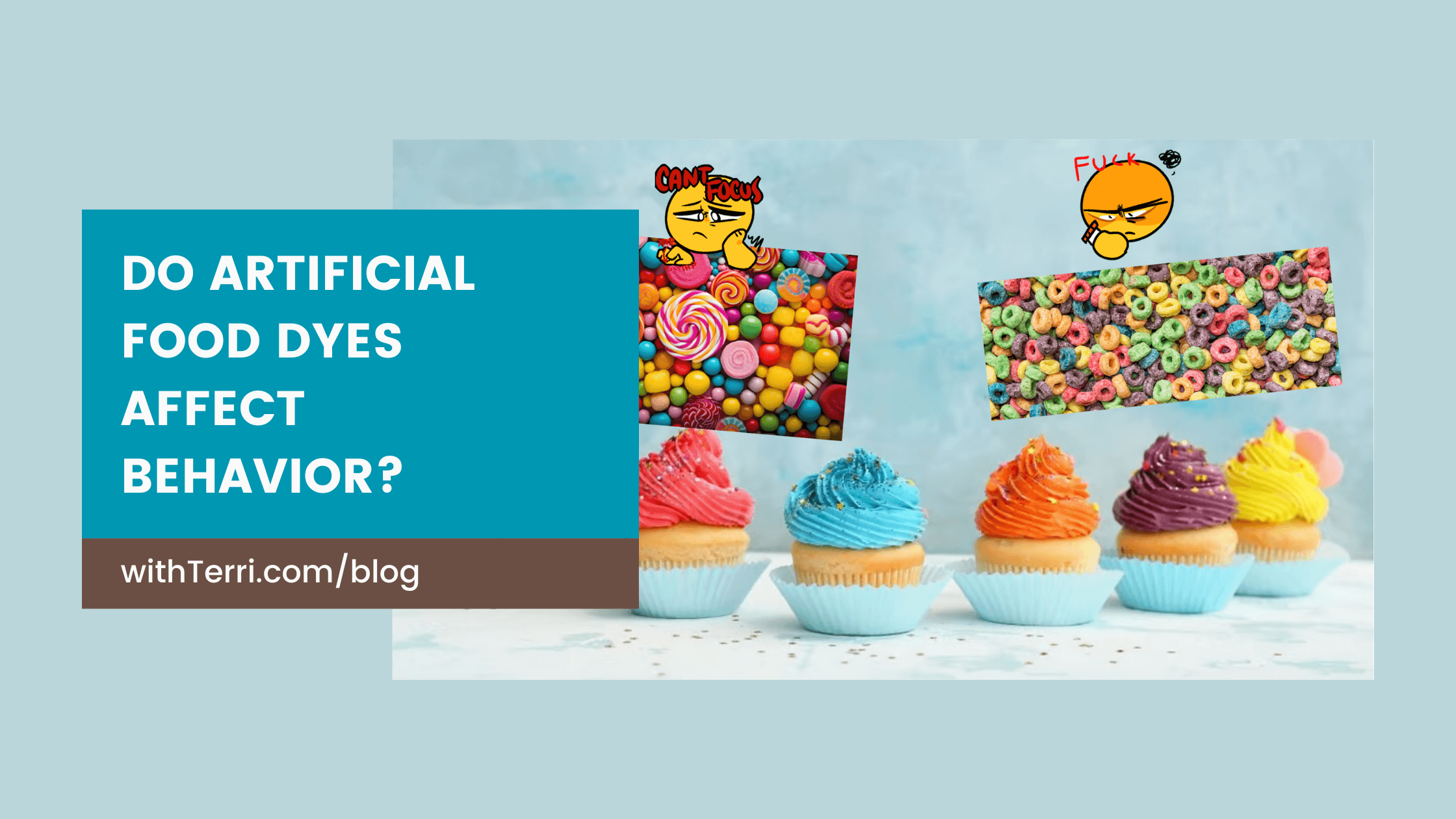
“Mom, just get me a knife so I can kill myself. I just want to die.”
A seven-year-old - begging his mom to let him die. What would you do if this were your child?
That’s exactly what happened to clinical psychologist Rebecca Bevan, PhD with her seven-year-old.
And that’s exactly what got her researching, studying, and experimenting in her home. The following is based on Dr. Bevan’s research and her family’s personal experience.
There’s growing evidence that links artificial food dyes to behavioral and mood issues in children. But here’s what’s even more alarming:
In the past 50 years, consumption of these artificial dyes has increased by nearly 500%, with children being the biggest consumers. (1)
If you’ve noticed signs of ADHD, aggressive outbursts, or mood swings in the young ones in your life, it’s worth considering whether artificial food dyes might be playing a role.
What’s the Big Deal About Artificial Dyes?
Artificial dyes are made through a process that involves breaking down crude oil (yes, petroleum!). While they give food those eye-catching bright colors, research is showing that they may have some unintended—and potentially harmful—side effects.
For instance, three of the most common dyes used in foods—Red Dye No. 3, Yellow 5, and Yellow 6—are known as xenoestrogens (2)(3). These chemicals mimic estrogen in the body and have been linked to concerns such as weight gain, hormonal imbalances, and early puberty in both boys and girls (4)(5).
Toxicology reports have also revealed that artificial dyes can be contaminated with carcinogens (6), and they’ve been associated with DNA damage, inflammation, migraines, allergies, and even cancer (2)(7)(8).
But what’s most concerning is their effect on the developing brains of children.
How Artificial Dyes Impact Children’s Brains
In a recent review, the California Office of Environmental Health Hazard Assessment (OEHHA) found significant evidence linking artificial food dyes to behavioral issues in children (8). The Environmental Working Group (EWG) summarized it well:
“OEHHA’s report concluded that human studies show that dyes are associated with inattentiveness, hyperactivity, and restlessness in sensitive children.
It’s important to note that not all children are affected by synthetic dyes, but those who are sensitive may experience significant behavioral changes. I wonder, though, what might be going on in my child's body even if I don't notice behavioral changes. So many negative things could be happening that it's a scary thought.
With the number of ADHD diagnoses nearly doubling in the past 20 years (10), researchers estimate that around 8% of cases in children could be related to artificial food colors (11).
One well-known study, published in The Lancet, tested the effects of artificial food dyes and sodium benzoate (a preservative) on nearly 300 children aged 3, 8, and 9. The children who consumed the drinks with the dyes and preservatives showed increased hyperactivity compared to those who had the placebo (12).
Despite mounting evidence, artificial dyes remain common in processed foods. In fact, their use is increasing, and kids who are most sensitive to their effects are often the ones consuming the most.
It takes as little as one milligram of Yellow 5 to trigger symptoms in sensitive children (13). To put this in perspective, a serving of Lemon-Lime Gatorade contains three times that amount, a serving of Sunny D has 20 times that, and birthday cake icing can have as much as 50 milligrams of artificial dye!
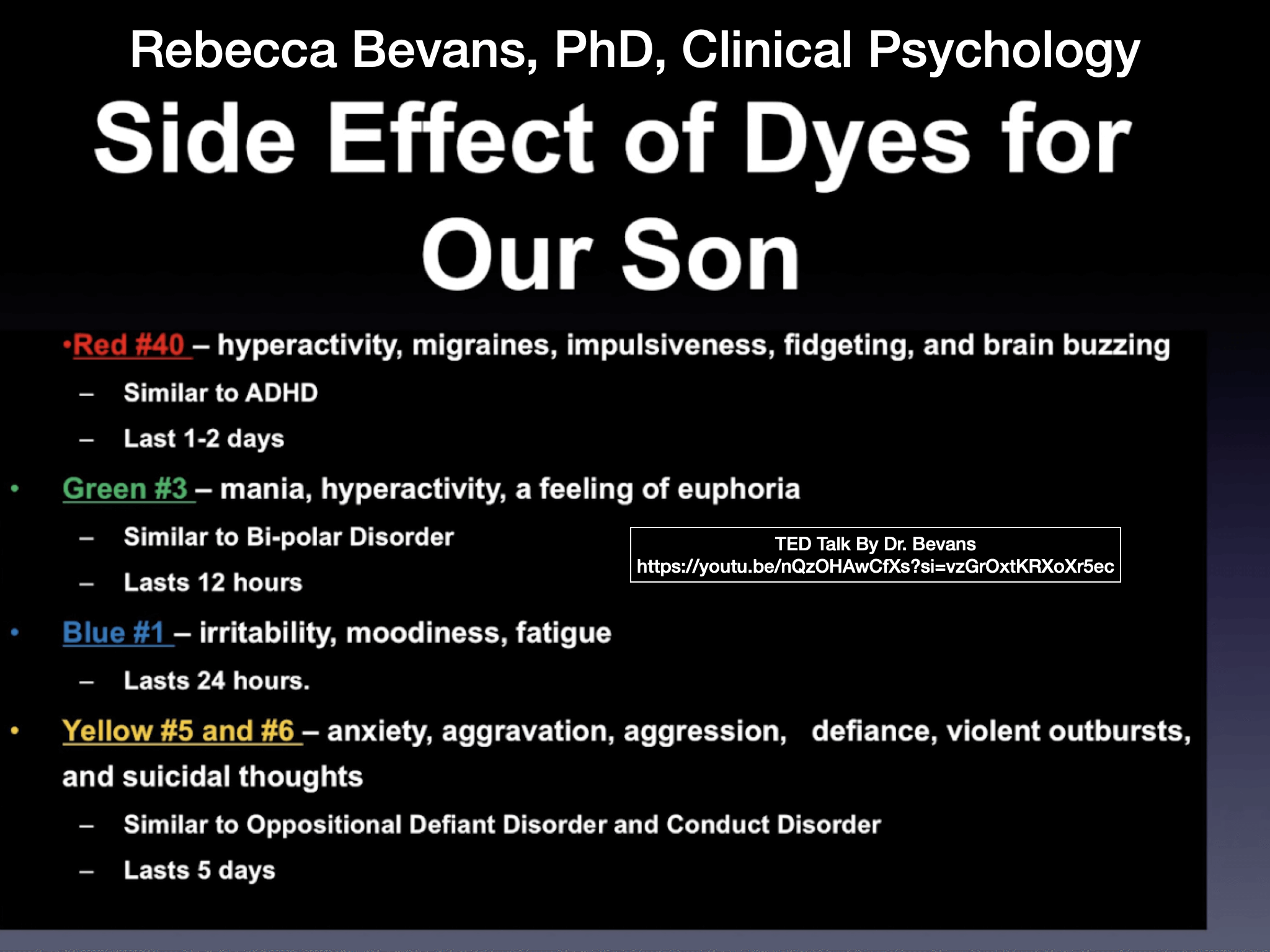
Real Stories: The Impact of Artificial Dyes
After behavioral therapy, discipline, and everything else she could think of wasn’t helping, Dr. Bevan stumbled upon an article that linked food dyes to hyperactivity and similar symptoms her son had. Removing food dyes from his diet wasn’t easy. There are red, green, yellow, and blue dyes. Food marketed to kids is especially high in artificial dyes - think skittles, cereals, M&Ms. But other products like sunscreen, gum, and toothpaste have them, too.
Her son experienced severe withdrawal but slowly started to improve. After removing all artificial food dyes from her son and family’s diet, he no longer had behavioral problems and was able to heal physically and mentally. She explains her family’s experience in her TEDx talk, The Effects Of Artificial Food Dyes.
While this is just one family’s experience, it may inspire you to explore whether artificial dyes could be affecting your own child.
References:
1. PMID: 25599186
2. PMID: 9168006
3. PMID: 22562034
4. PMID: 27857130
5. PMID: 21448326
6. PMID: 23026007
7. PMID: 21197315
8. PMID: 27141872
9. PMID: 35484553
10. PMID: 30646132
11. PMID: 22176942
12. PMID: 17825405
13. PMID: 24037921
1. PMID: 25599186
2. PMID: 9168006
3. PMID: 22562034
4. PMID: 27857130
5. PMID: 21448326
6. PMID: 23026007
7. PMID: 21197315
8. PMID: 27141872
9. PMID: 35484553
10. PMID: 30646132
11. PMID: 22176942
12. PMID: 17825405
13. PMID: 24037921
AFFILIATE DISCLAIMER: I’m a proud affiliate for some of these tools and products that are suggested on this page and throughout my site. If you click on a product and make a purchase, I may earn a small commission at no extra cost to you. My recommendations are based on knowledge and experience and I recommend them because they are genuinely useful, not because of the small commission I may receive |



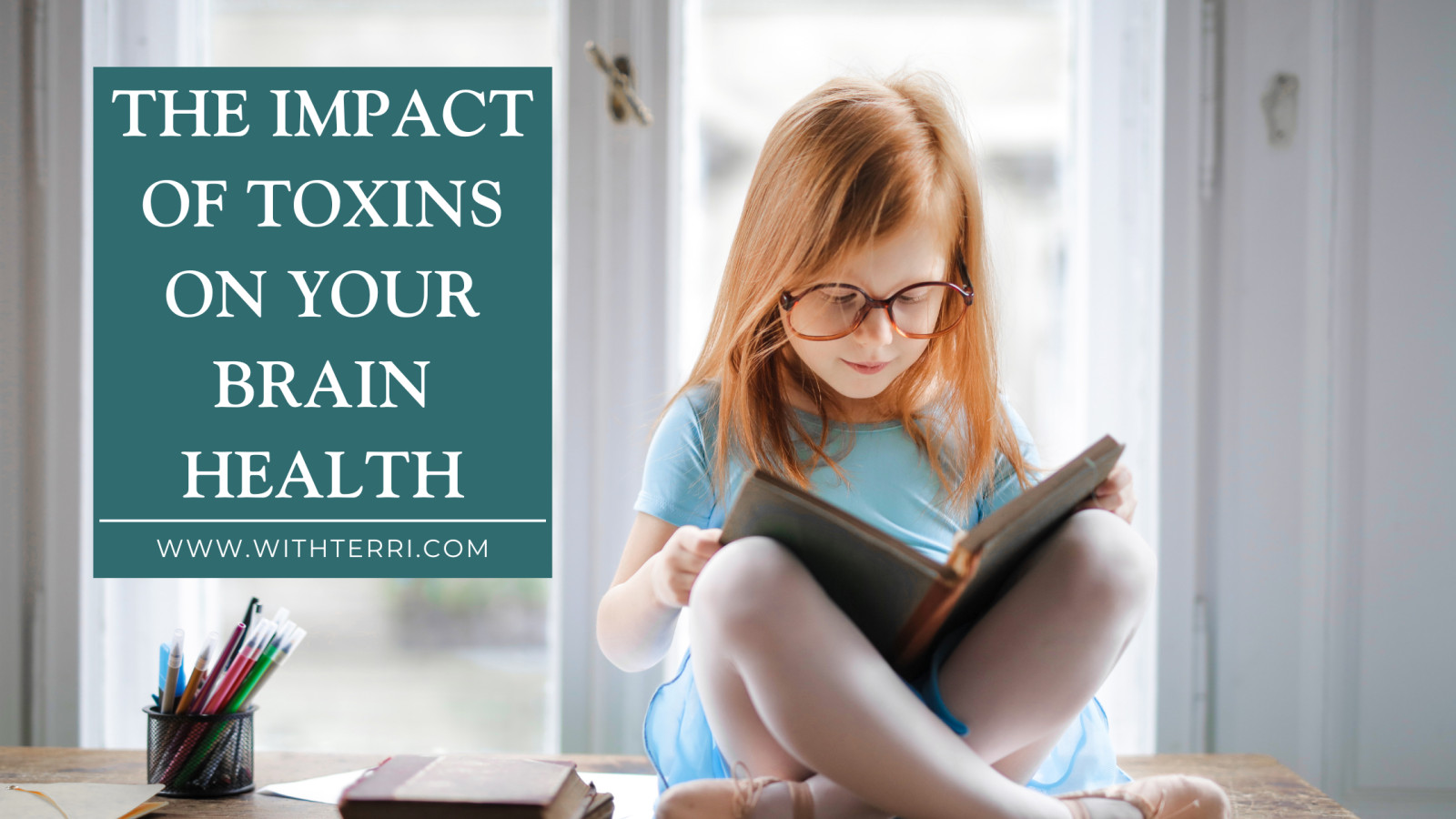
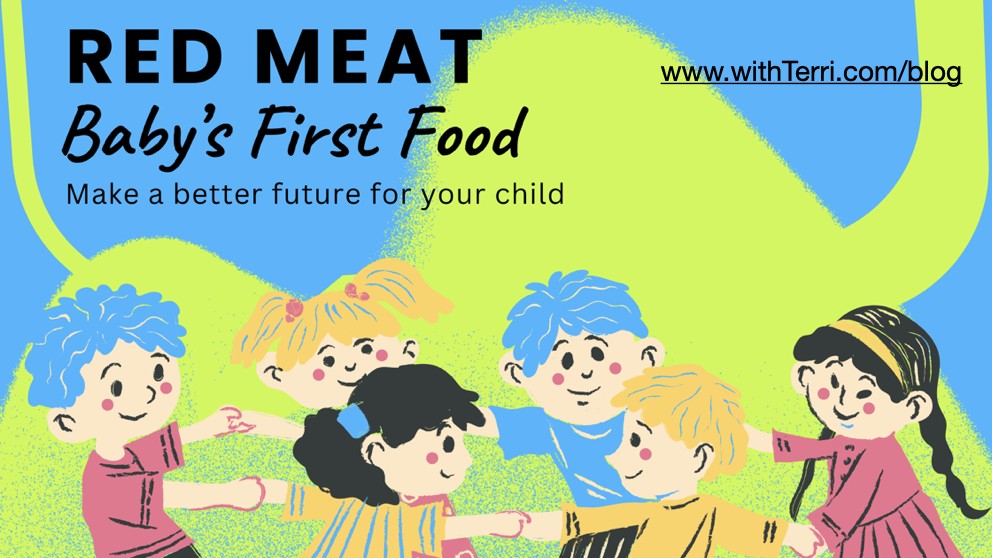


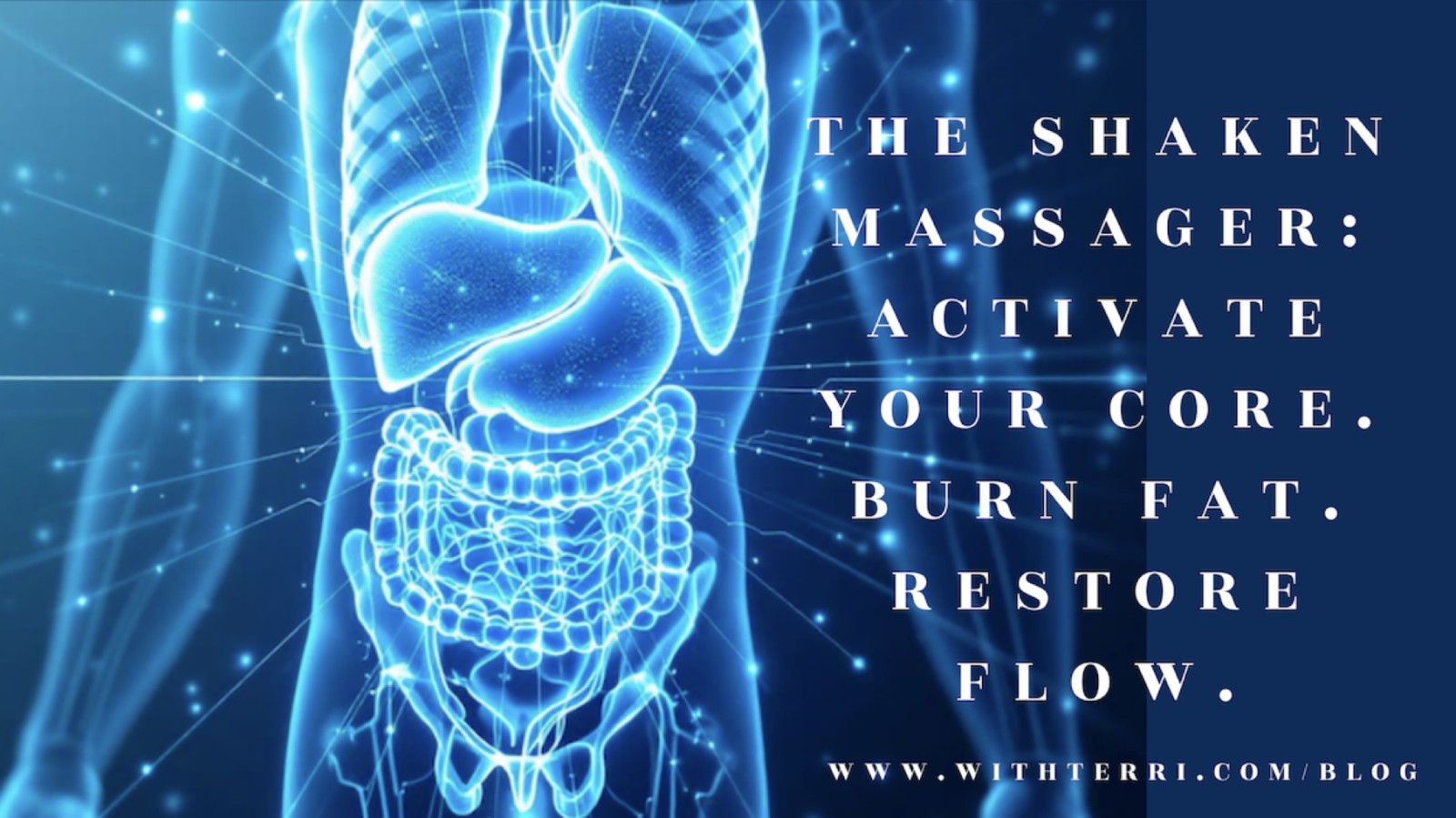
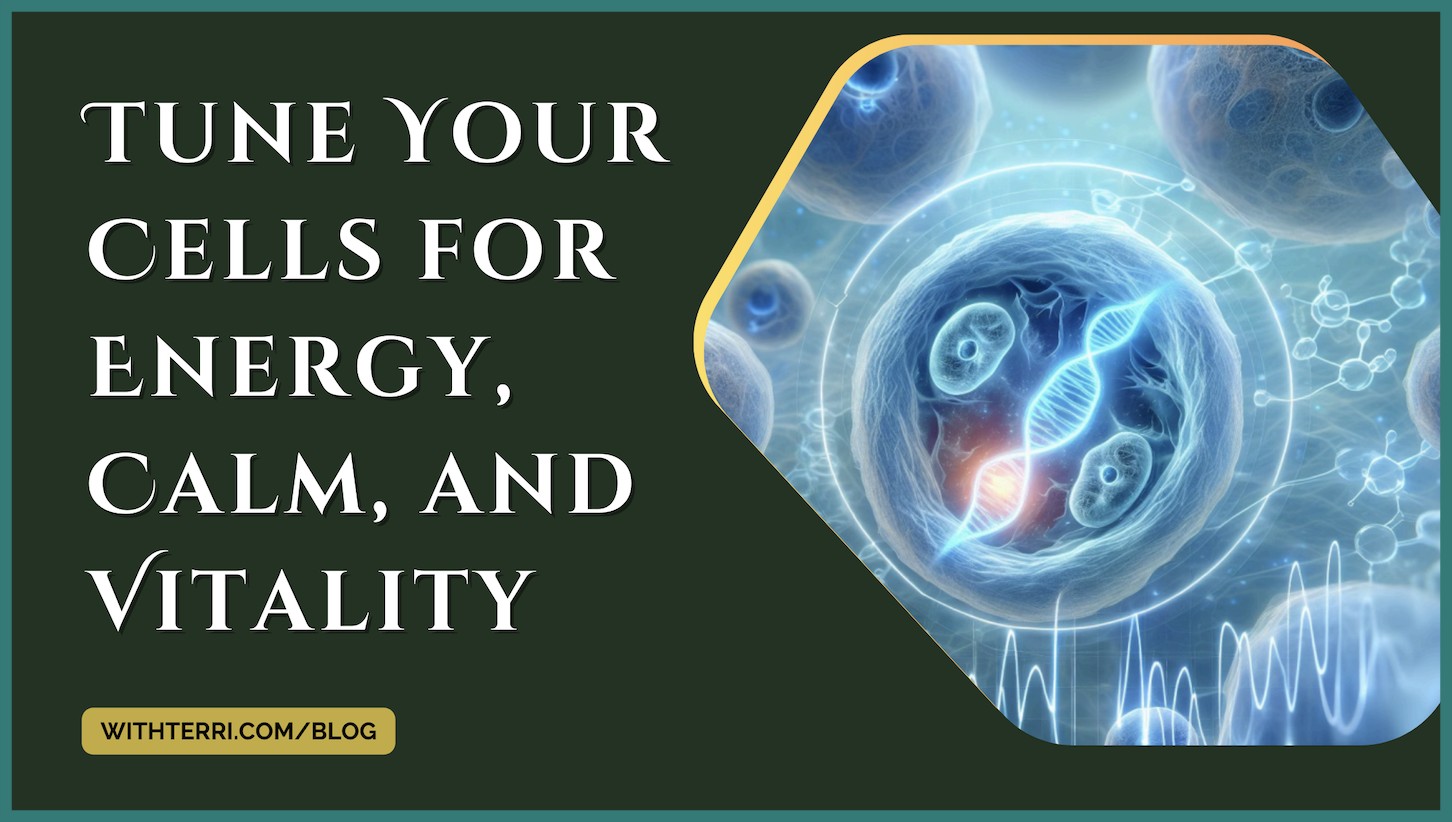
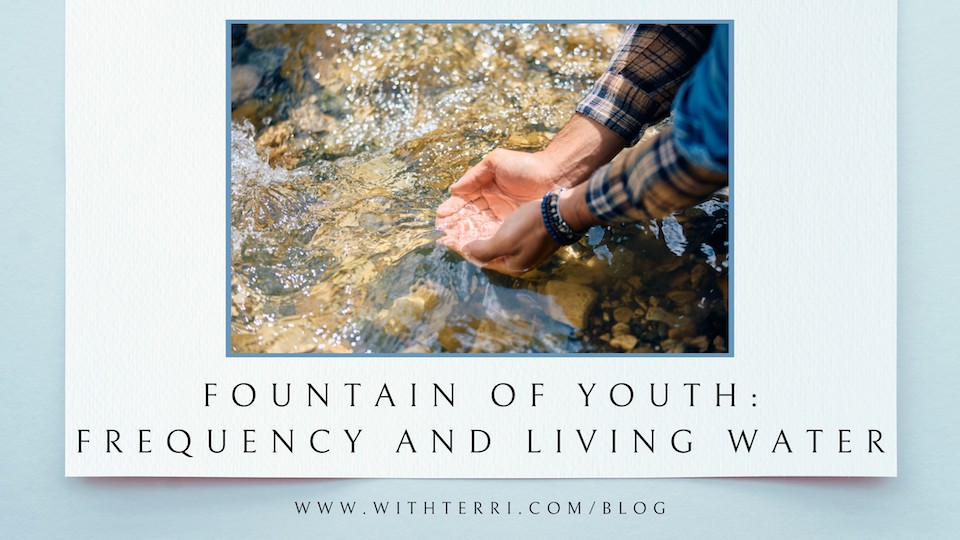


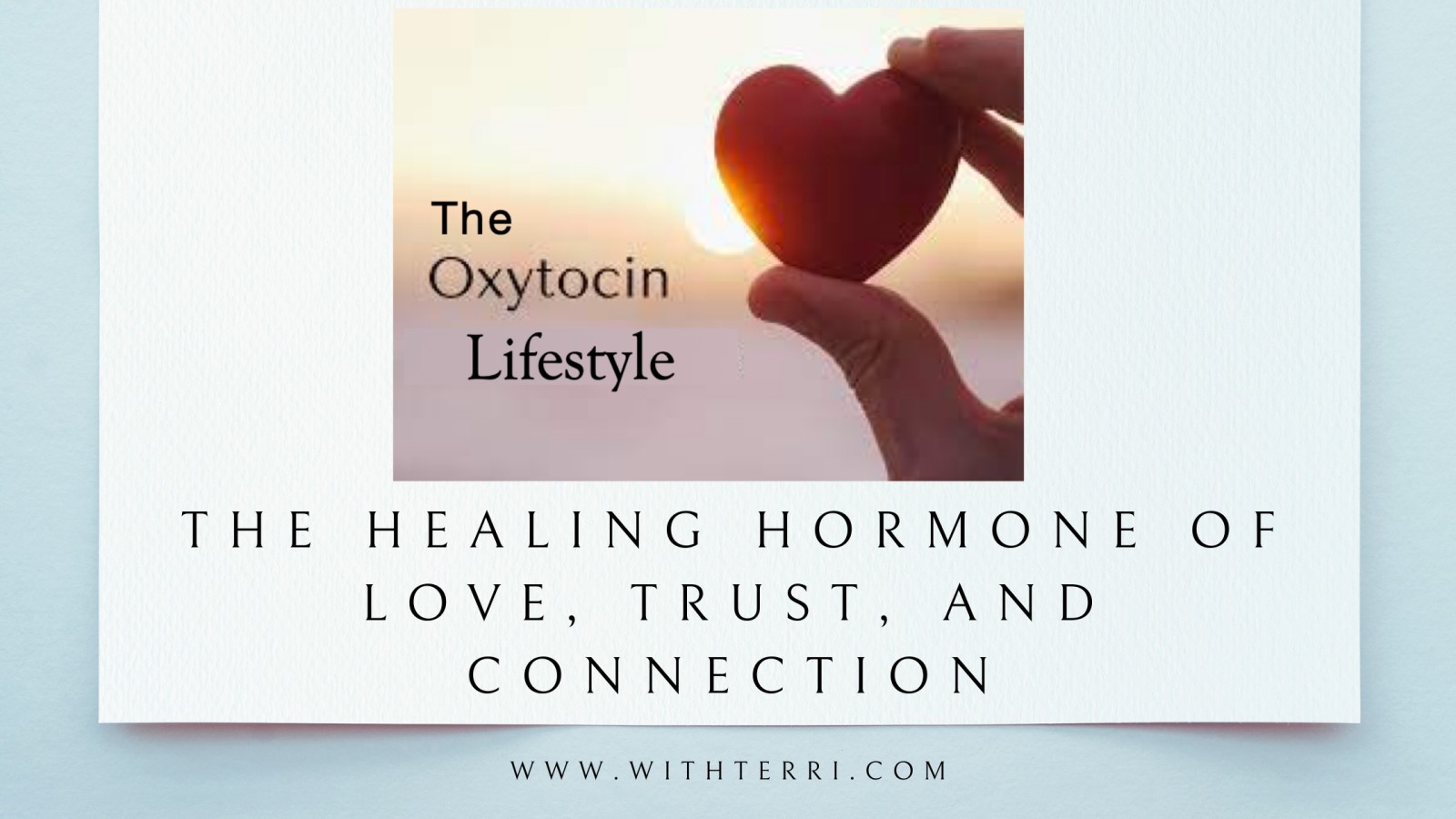
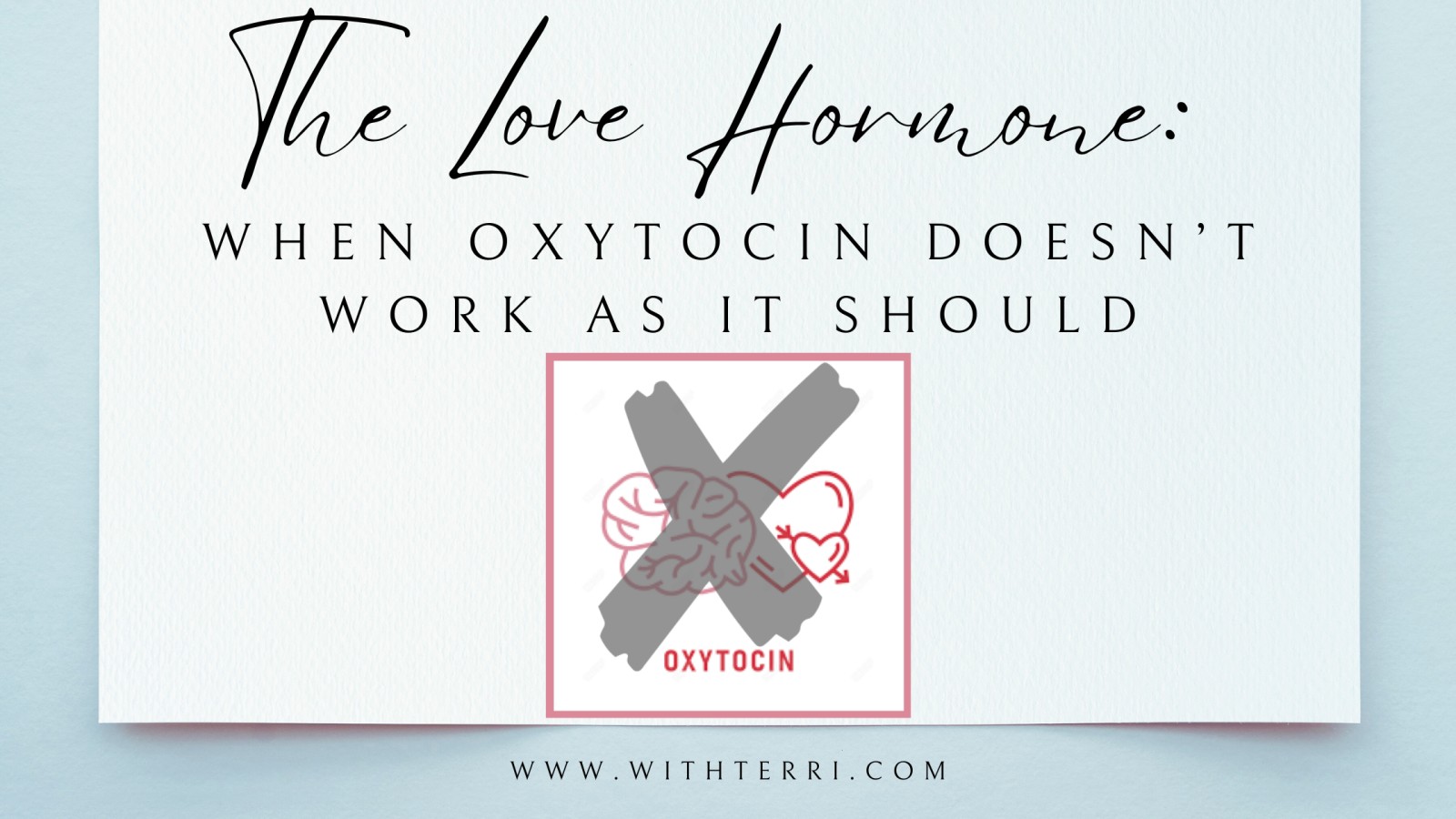
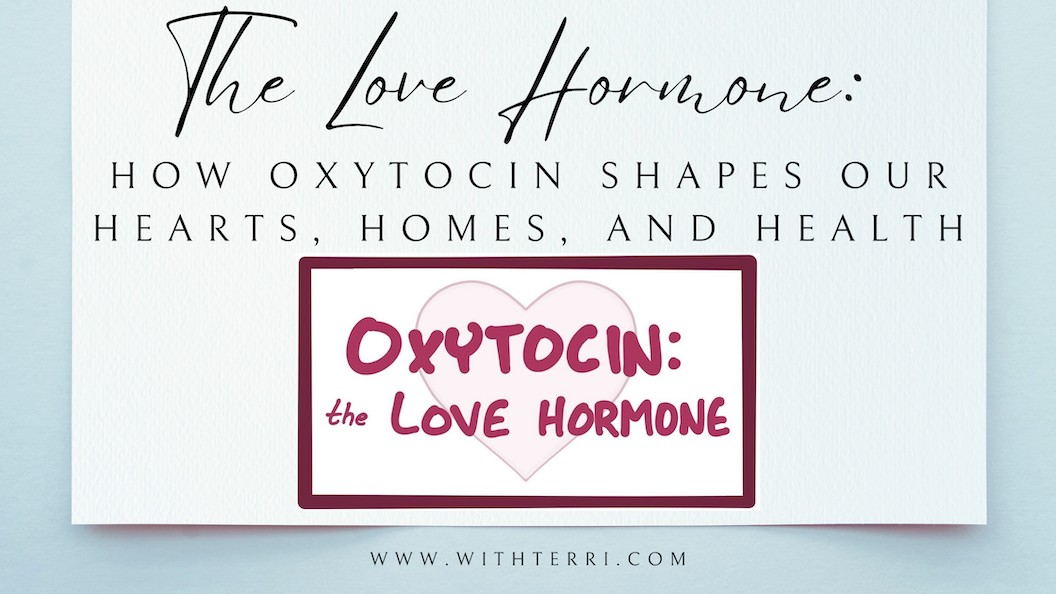
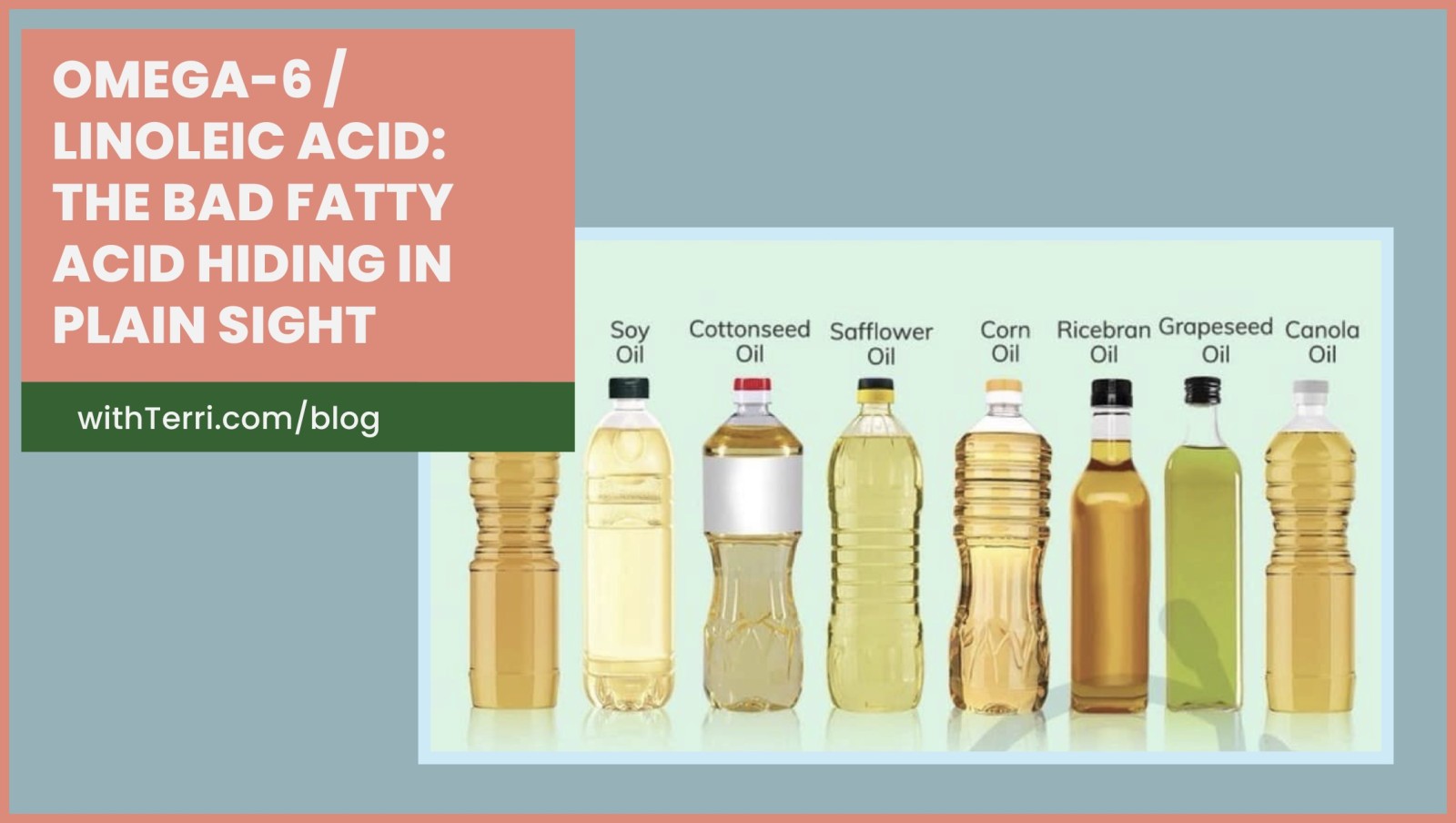
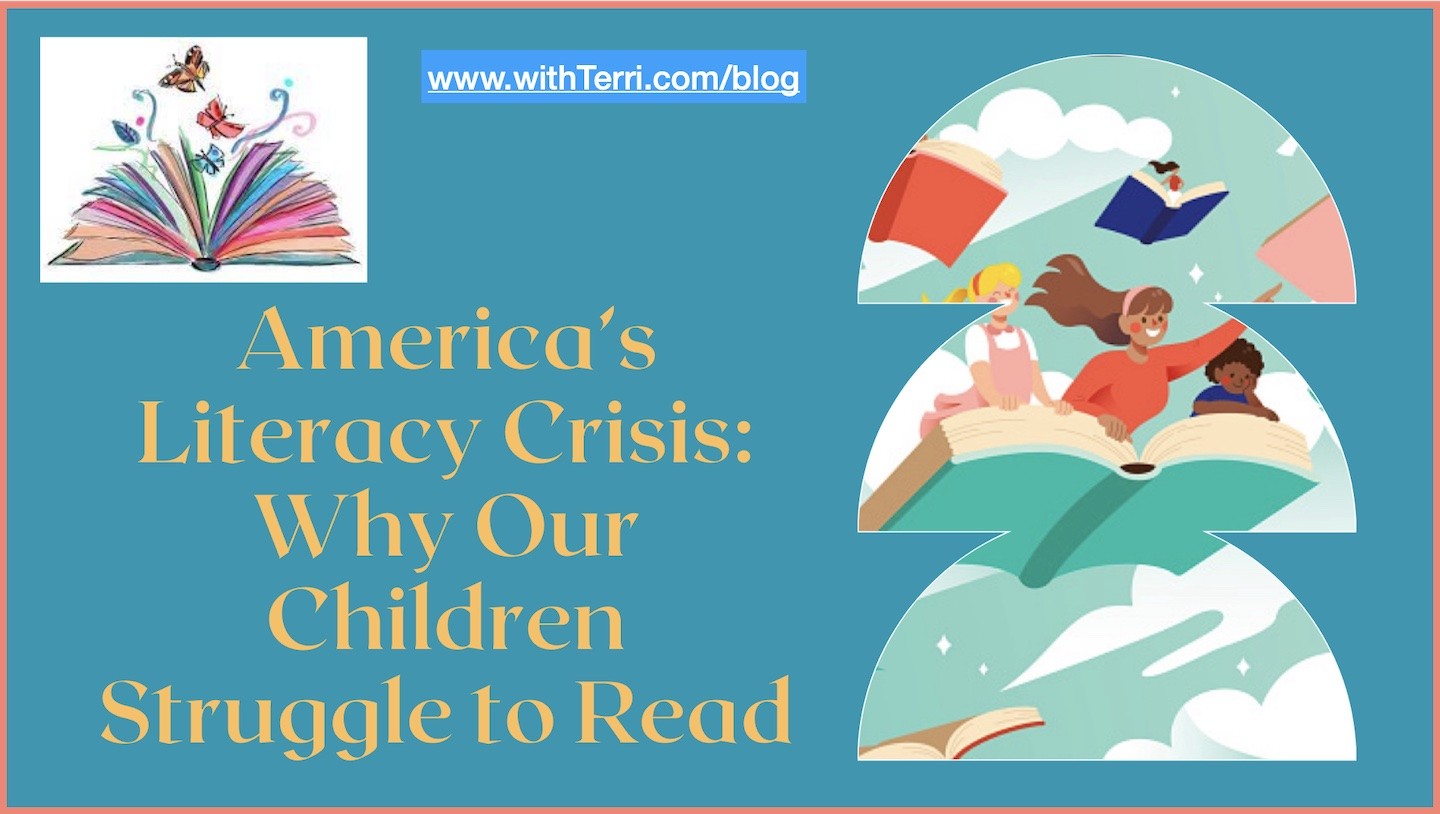



0 Comments